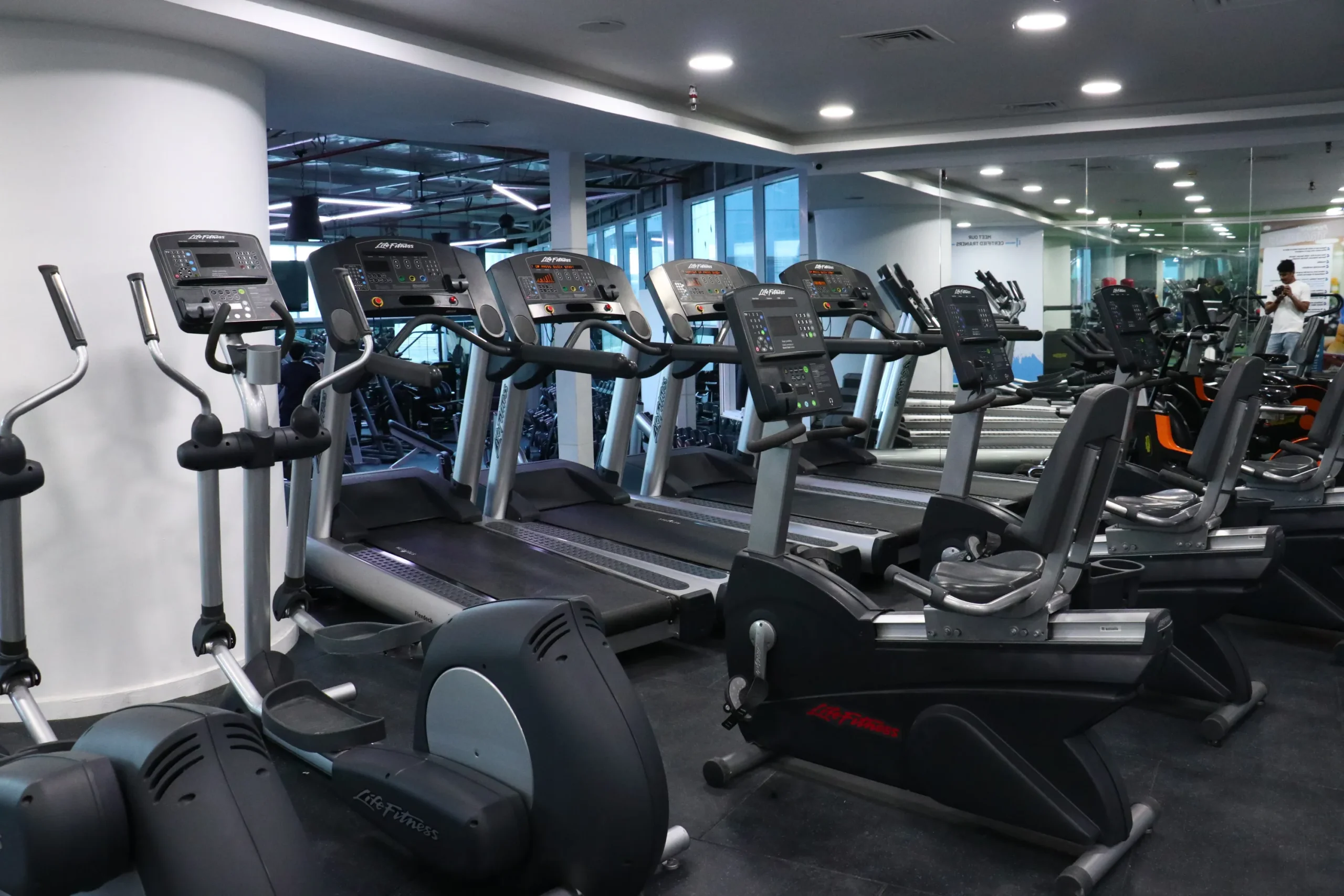Cardio is an essential part of fitness, offering various options to suit individual preferences and goals. When deciding on a cardio regimen, one popular question arises: which is better—High-Intensity Interval Training (HIIT) or traditional steady-state cardio? Both methods have their unique benefits, and understanding them can help you make an informed decision about your workout routine. In this article, we’ll break down the differences and advantages of HIIT vs traditional cardio, providing insights to help you choose the best option for your lifestyle and fitness objectives.
What is HIIT?
HIIT, or High-Intensity Interval Training, is characterized by short bursts of intense exercise followed by brief rest periods. These workouts are designed to push your body to its limits in a short amount of time, typically lasting between 15 and 30 minutes. HIIT workouts are known for maximal calorie burn, often resulting in higher fat loss compared to traditional forms of cardio. Additionally, they can be adapted to various exercises, including running, cycling, and bodyweight workouts, making it a versatile option for fitness enthusiasts.
✔ Pros:
Moreover, HIIT can help improve both aerobic and anaerobic fitness levels, providing a well-rounded approach to cardiovascular training. Research indicates that HIIT can yield health benefits similar to those of moderate-intensity continuous training while being significantly less time-consuming. For example, a study found that participants who engaged in HIIT for 20 minutes three times a week improved their cardiovascular health comparably to those who did traditional cardio for 50 minutes on the same schedule.
- Burns more calories in less time
- Increases metabolism post-workout (afterburn effect)
- Improves cardiovascular and muscular endurance
✔ Cons:
Furthermore, HIIT can be tailored to fit various fitness levels. Beginners can start with moderate intervals and gradually increase intensity as they become more accustomed to the workouts. This flexibility allows individuals to challenge themselves while minimizing the risk of injury.
Another critical advantage of HIIT is its ability to facilitate the afterburn effect, scientifically known as excess post-exercise oxygen consumption (EPOC). After an intense workout, your body continues to burn calories as it returns to its resting state, potentially resulting in additional calorie expenditure long after the workout has ended. This can be particularly appealing for those seeking to lose weight or maintain a healthy body composition.
However, HIIT is not without its challenges. The intensity required during these workouts can be daunting, especially for individuals new to exercise or those struggling with certain health conditions. Beginners may find the high energy demands overwhelming, leading to potential burnout or injury if not approached with caution. Therefore, it’s essential to listen to your body and consult a fitness professional if you’re unsure where to start.
- Requires high energy and effort
- Can be tough on beginners or those with joint issues
Additionally, those with pre-existing joint issues may want to consider lower-impact alternatives, as the rigorous nature of HIIT could exacerbate discomfort. Modifications can often be made to accommodate different fitness levels and physical limitations, so exploring variations is crucial.
What is Traditional Cardio?
Traditional cardio, often referred to as steady-state cardio, encompasses activities such as jogging, cycling, swimming, or brisk walking at a moderate pace for an extended duration. These workouts typically last between 30 to 60 minutes, allowing individuals to engage in sustained aerobic activity. Unlike HIIT, traditional cardio is characterized by a consistent level of effort, making it easier for many to maintain over longer periods.
✔ Pros:
One of the primary benefits of traditional cardio is its accessibility. Most people can start with basic activities like walking or cycling without the need for extensive equipment or prior experience. This makes it an excellent choice for individuals looking to ease into a fitness routine or maintain an active lifestyle.
- Easier to maintain for longer durations
- Lower impact on joints compared to HIIT
- Improves overall heart health
Moreover, traditional cardio is often considered lower impact, making it a safer option for individuals with joint issues or those recovering from injuries. Activities such as swimming or cycling can provide an effective cardio workout while minimizing stress on the joints. This aspect can be particularly important for older adults or anyone with a history of orthopedic problems.
Beyond physical benefits, engaging in traditional cardio can offer mental health advantages as well. Many individuals find that steady-state cardio provides a sense of relaxation and stress relief, helping to clear the mind and boost overall mood. Activities like running or cycling outdoors can enhance this effect, allowing individuals to connect with nature while exercising.
However, traditional cardio does have its downsides. One notable drawback is that it generally requires more time to achieve the same calorie burn as HIIT. For instance, while a HIIT session can effectively torch calories in a short period, traditional cardio may demand a longer commitment to yield similar results. This can be a factor for those with busy schedules looking to maximize their workout efficiency.
✔ Cons:
- Requires more time to burn the same number of calories as HIIT
- Can become repetitive and boring for some
Additionally, some individuals may find traditional cardio can become repetitive or monotonous over time. Engaging in the same activity at a steady pace for an extended period might lead to boredom, diminishing motivation in the long run. To combat this, it can be beneficial to vary routines by exploring new activities, changing locations, or using different equipment.
Which One is Best for You?
- If you have limited time → HIIT is a great option.
- If you prefer a steady pace → Traditional cardio is ideal.
- If you want to mix it up → Combine both for the best results!
Conclusion
When considering whether to adopt HIIT or traditional cardio, it’s essential to reflect on your personal fitness goals, preferences, and lifestyle. Here are a few guidelines to help you decide:
If you have limited time: HIIT is a fantastic option. Its efficiency allows you to achieve significant results in a shorter workout session.
If you prefer a steady pace: Traditional cardio is ideal. It allows for longer durations, which can be more enjoyable for those who appreciate consistent, moderate activity.
If you want to mix it up: Combine both for the best results! Alternating between HIIT and traditional cardio can provide a balanced approach, enhancing overall fitness while preventing monotony.
Ultimately, the decision between HIIT vs traditional cardio comes down to personal preference and specific fitness goals. Both methods can contribute to improved cardiovascular health, weight loss, and overall fitness when performed consistently. Regularly incorporating a variety of workouts into your routine can keep your fitness journey exciting and challenging. Stay active and healthy by choosing what resonates with you most!
Both HIIT and traditional cardio have their benefits. Choose the one that suits your fitness goals and lifestyle to stay active and healthy.

